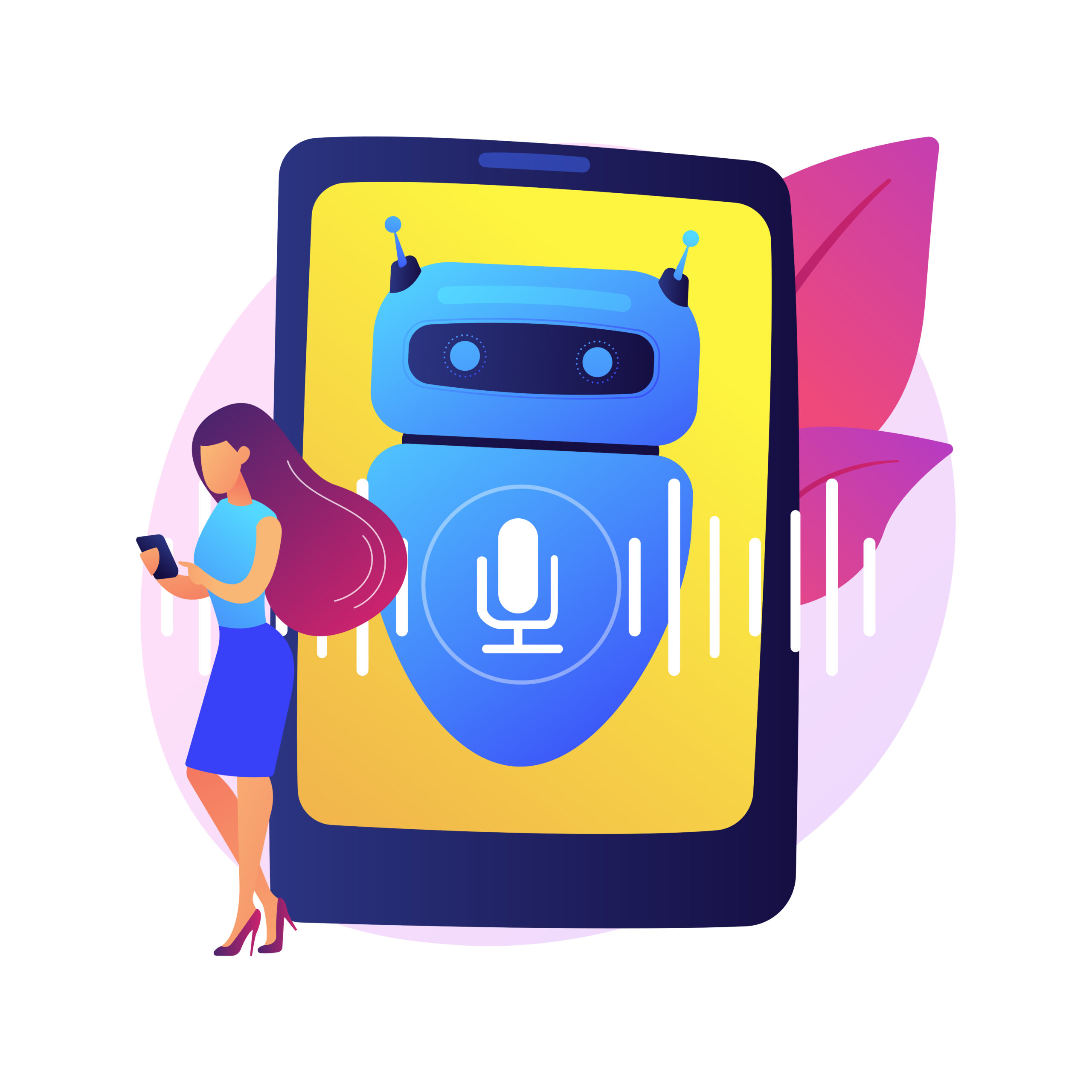In a world where speed, personalization, and availability define consumer expectations, businesses are constantly searching for ways to stay ahead of the curve. One of the most exciting and transformative developments in recent years has been the rise of generative AI voice bots—AI-powered agents capable of engaging in natural, human-like conversations over the phone or through voice assistants.
But is a generative AI voice bot truly the future of customer service? Let’s dive into what makes this technology revolutionary, examine its benefits and challenges, and explore how it’s shaping the future of customer experience.
What Is a Generative AI Voice Bot?
A generative AI voice bot is an intelligent system that uses natural language processing (NLP) and machine learning to understand spoken language, generate appropriate responses, and hold conversations in real time. Unlike traditional scripted voice bots that follow predefined rules, generative AI voice bots can:
Understand context and intent
Respond with human-like tone and variability
Adapt to changing conversation flows
Handle multi-turn conversations without losing coherence
Technologies like OpenAI’s ChatGPT, Google’s Dialogflow, and Amazon Lex are already being integrated into voice assistants and contact center platforms, enabling brands to deliver smarter, more intuitive support experiences.
How Generative AI Voice Bots Are Changing the Game?
1. Always-On Support
Generative voice bots don’t sleep. They’re available 24/7 to help customers troubleshoot issues, process orders, or find information—no waiting, no call center hours. This round-the-clock availability not only boosts customer satisfaction but also reduces the need for large human support teams.
2. Scalability Without Sacrificing Quality
One of the main bottlenecks in traditional customer service is scalability. Human agents can only handle a certain number of calls per day. AI voice bots, on the other hand, can manage thousands of simultaneous interactions across regions and time zones—without compromising quality.
3. Reduced Operational Costs
By automating routine queries and first-level support tasks, generative AI voice bots help businesses cut operational costs significantly. This allows companies to reallocate resources to more complex, high-value issues that require human intervention.
4. Consistent Customer Experiences
AI doesn’t get tired, impatient, or emotional. This ensures that every customer interaction—no matter when or where it occurs—is consistent, professional, and aligned with the brand’s tone and guidelines.
Real-World Applications in Customer Service
– Banking and Financial Services
AI voice bots can help customers check account balances, transfer funds, report lost cards, or even apply for loans—all while verifying identity and complying with regulatory requirements.
– Retail and E-commerce
From tracking orders to processing returns and answering product-related questions, voice bots enhance the online shopping experience by providing instant assistance.
– Telecommunications
Phone and internet providers use AI bots to troubleshoot technical issues, upgrade plans, or route complex calls to specialized human agents.
– Healthcare
Voice bots assist with appointment scheduling, insurance verification, prescription refills, and even basic symptom triage—improving both patient access and provider efficiency.
The Technology Behind the Magic
Generative AI voice bots rely on a complex stack of technologies:
Automatic Speech Recognition (ASR): Converts spoken language into text.
Natural Language Understanding (NLU): Interprets the intent behind the user’s words.
Dialogue Management: Maintains context and determines the next best action or response.
Natural Language Generation (NLG): Constructs human-like replies using generative AI models.
Text-to-Speech (TTS): Converts the AI-generated response into spoken language.
With advancements in large language models (LLMs) like GPT-4, and increasingly realistic TTS systems, these bots can now sound and interact almost indistinguishably from humans.
Why Businesses Are Adopting Generative AI Voice Bots
1. Improved First-Call Resolution
AI bots can access vast databases instantly, improving first-contact resolution rates and minimizing the need for call-backs.
2. Real-Time Personalization
By integrating with CRMs and customer data platforms, voice bots can deliver tailored responses based on user profiles, purchase history, and behavioral patterns.
3. Faster Onboarding and Training
Unlike human agents who require weeks of training, AI bots can be deployed in hours. Updating their knowledge base is as easy as integrating new data.
4. Omnichannel Consistency
Generative AI systems can be deployed across channels—phone, chat, mobile apps, smart speakers—ensuring consistent messaging and service quality.
Challenges and Concerns
As with any emerging technology, generative AI voice bots come with their own set of challenges:
1. Lack of Emotional Intelligence
Even with human-like tone, AI still struggles to fully grasp emotions, sarcasm, or nuanced cultural context—making it less effective in sensitive or complex conversations.
2. Privacy and Security
Handling voice data, especially in regulated industries like healthcare and finance, raises serious privacy concerns. AI systems must comply with standards like GDPR, HIPAA, and PCI-DSS.
3. AI Hallucinations
Generative models sometimes fabricate information, a phenomenon known as “AI hallucination.” This can lead to inaccurate answers and erode customer trust if not carefully managed.
4. Job Displacement
While AI can free human agents from mundane tasks, it also raises concerns about job loss. The key is to re-skill and redeploy human talent to areas where empathy and creativity are essential.
The Human-AI Hybrid Model
Rather than replacing human agents, generative AI voice bots are more likely to augment them. This hybrid approach can look like:
AI handles routine tasks, like password resets or order updates.
Humans step in for escalation, emotional support, or negotiation.
AI assists agents in real time by suggesting responses, retrieving data, or summarizing calls.
This model not only preserves jobs but also elevates them—transforming support agents into supercharged problem solvers rather than script followers.
The Road Ahead
– Voice Cloning and Personalization
With the ability to clone voices and customize tone, future bots might speak in the user’s preferred accent or match the brand voice more precisely.
– Emotion Detection
Next-gen systems will be able to detect frustration, confusion, or urgency in a caller’s voice—and adapt their responses accordingly.
– Integration With IoT and Smart Devices
Voice bots will become central to managing connected devices, from smart homes to wearables, creating new service channels and data streams.
– Language and Dialect Expansion
Multilingual voice bots will break down global customer service barriers by understanding local dialects, slang, and cultural references.
Conclusion
The rise of generative AI voice bot is not a passing trend—it’s a seismic shift in how businesses interact with customers. The technology is not yet perfect, but it’s rapidly evolving. As language models become more sophisticated and ethical safeguards are strengthened, voice AI is poised to become a core pillar of modern customer service.
Rather than asking whether AI voice bots will replace humans, the better question is: How can we combine the best of both worlds?
Businesses that embrace this evolution now—while keeping the customer at the center—will not only improve service efficiency but also redefine what a world-class customer experience looks like.

